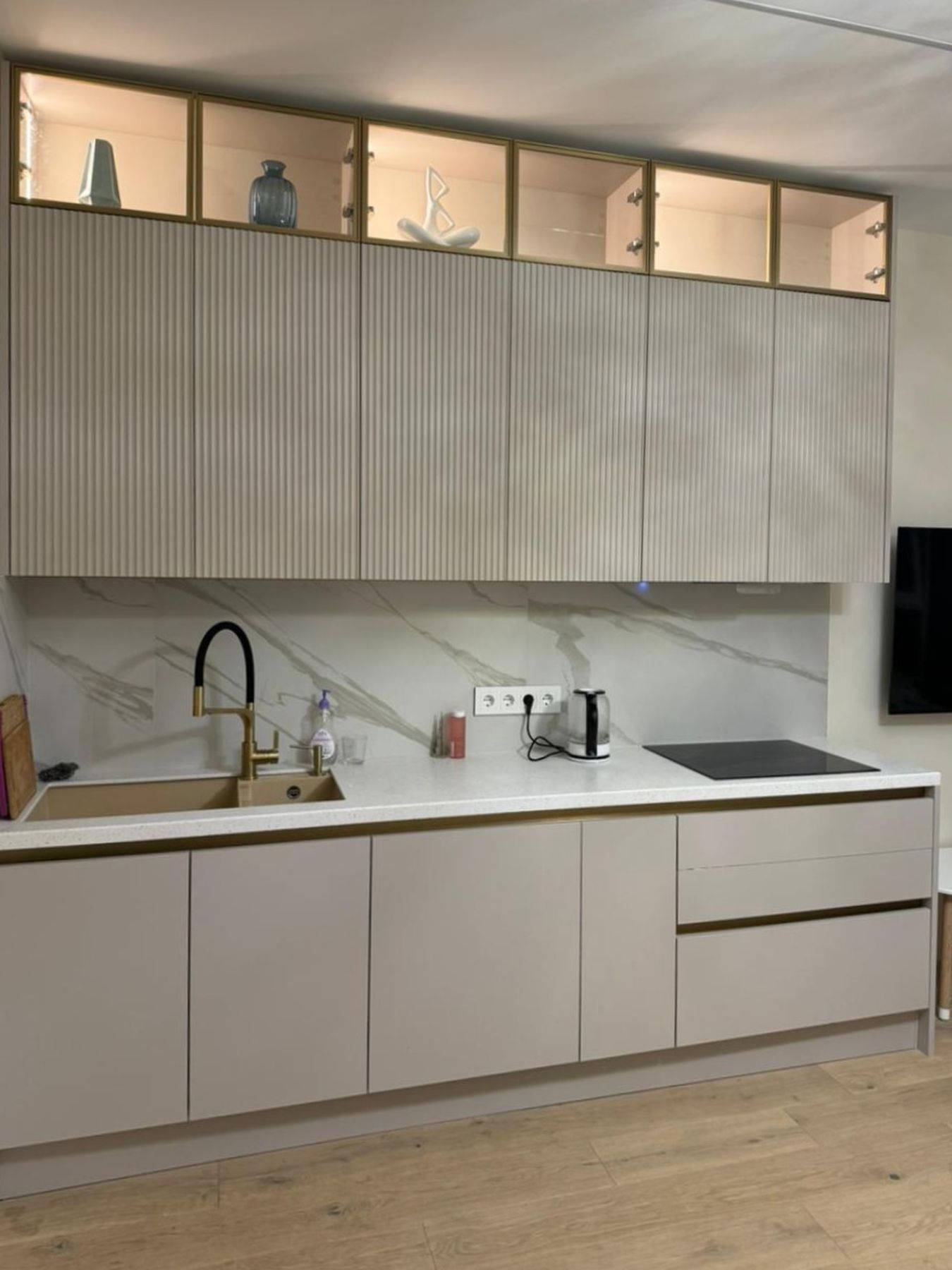
Introduction to Redefining Culinary Spaces
The kitchen has always been the heart of the home, a place where culinary magic happens, where families gather, and memories are made. Yet over time, with advancements in both technology and interior design, our culinary spaces have evolved. No longer just a place where food is prepared, the contemporary kitchen is a testament to elegance and versatility, marrying functionality with aesthetics in a seamless dance.
The Evolution of Kitchen Design
Gone are the days of the kitchen tucked away in the back of the house. Modern culinary spaces invite openness, often flowing into living and dining areas, promoting a more inclusive environment. This evolution encourages interaction, making the kitchen a communal space for cooking, entertaining, and living. With this shift comes a change in design philosophy, giving rise to sleek lines, uncluttered surfaces, and a minimalist aesthetic that resonates with the modern homeowner.
Incorporating Technology Seamlessly
As we progress into the digital age, technology has become a fundamental component of the culinary space. Smart appliances that can be controlled via smartphone, integrated systems that allow for a more automated cooking experience, and innovative gadgets all serve to make kitchen tasks easier and more enjoyable. The challenge for designers is to integrate these elements elegantly, ensuring that the space maintains its homely feel while boasting state-of-the-art functionality.
Material Choices That Blend Beauty and Durability
The choice of materials in a kitchen greatly influences its look and feel. Natural stone, such as granite and marble, has been redefined with a modern twist, used in sleek countertops and backsplashes. High-quality woods, metals, and glass also play a significant role, providing durable surfaces that stand the test of time without sacrificing style. These materials are chosen not only for their practicality but also for their ability to inject character and warmth into the space.
Ergonomic Design for Comfort and Efficiency
Ergonomics play a crucial role in the design of a modern culinary space. The placement of appliances, the height of countertops, and the arrangement of storage are all considered to minimize effort and maximize comfort during use. This human-centric approach ensures that culinary spaces are not just beautiful to look at but are also comfortable and efficient to use.
Lighting: Setting the Mood and Enhancing Function
Lighting in the kitchen serves two primary purposes: functionality and ambiance. Task lighting ensures that work areas are well-lit, making food preparation safer and easier, while accent lighting can be used to highlight architectural features or create a certain mood. The key is a balance, with designers choosing fixtures that enhance the overall elegance of the kitchen while providing adequate illumination for daily tasks.
Sustainable Practices in the Kitchen
In an era where sustainability is at the forefront of many homeowners' minds, redefined culinary spaces also incorporate eco-friendly practices. This includes the use of sustainably sourced materials, energy-efficient appliances, and designs that encourage recycling and reduced waste. Embracing sustainability not only benefits the environment but also contributes to a kitchen's contemporary elegance and ensures its relevancy for years to come.
Conclusion: Culinary Spaces as Lifestyle Statements
The redefinition of the culinary space reflects a broader trend toward design that enhances lifestyle, promoting comfort, efficiency, and a sense of luxury. The modern-day kitchen is an elegant canvas that celebrates the fusion of form and function, accommodating the demands of the present while inviting the innovations of the future. It is these spaces that will continue to be the place where families come together, chefs create, and unforgettable moments are savored.